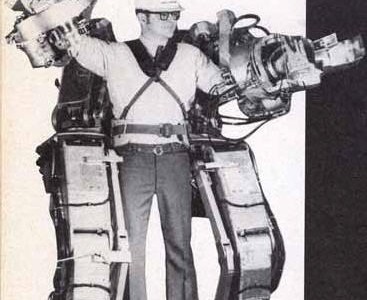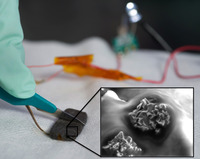Today’s continuation of our discussion of Powered Armor will focus around the existing technology in the 21st century and the limitations that this technology presents. Lets get right into it shall we?
Powered armor and exoskeleton has long been the subject of fiction. Lesser known perhaps is that it has also long been the subject of scientific interest. Check out this little bit about project Hardiman:
Hardiman was the first attempt to build a practical powered exoskeleton, by General Electric in 1965. The machine was intended to allow the wearer to lift loads of 1500 pounds (680 kg) with ease.
The project was not successful. Any attempt to use the full exoskeleton resulted in a violent uncontrolled motion, and as a result the exoskeleton was never turned on with a person inside. Further research concentrated on one arm. Although it could lift its specified load of 750 pounds (340 kg), it weighed three quarters of a ton, just over twice the liftable load. Without getting all the components to work together the practical uses for the Hardiman project were limited.


